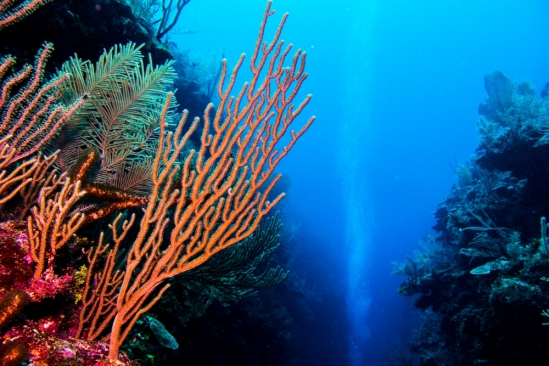This short video made by EXPORTS own Colleen Durkin illustrates the biological pump. In its simplest form, the biological pump is the mechanism that sequesters carbon from the atmosphere to deep sea water and sediment. It is the part of the oceanic carbon cycle responsible for the cycling of organic matter formed mainly by phytoplankton during photosynthesis, as well as the cycling of calcium carbonate formed into shells by certain organisms such as plankton and mollusks.
Explore our information page to learn more.
Promo video
In this episode of Voice of the Sea, we're learning more about EXPORTS — NASA and the National Science Foundations’ epic research project to study the ocean’s carbon cycle, so that information from satellites can make more accurate predictions of global climate change.
We start off on board the Research Vessel Roger Revelle as it,
and the Research Vessel Sally Ride, prepare to head to the
northeastern Pacific Ocean, with their cargo of scientists and
technology. Ivona Cetinić, from the NASA Goddard Space Flight
Center, talks about the value of satellites in understanding the
ocean. We tour the wet lab with University of Hawai‘i
Oceanographer Brian Popp. We talk with marine biologist Craig
Carlson about tiny microbes like bacteria—and their importance to
the movement of carbon through the ocean food web. UCSB
Postdoctoral researcher, Brandon Stephens, shows us a shipping
container used as a laboratory for radioactive work. We learn how
scientist Joe Cope sorts, identifies, and measures zooplankton
collected from nets towed behind the research ship. Bruce
Appelgate from Scripps Institution of Oceanography explains the
role of ships in studying the ocean. And, the chief scientist for
this cruise, Debbie Steinberg, talks about why NASA is engaging
researchers in combining satellite data with ship-based
measurements of the ocean.
Click here for the full episode
A study on lesser-known carbon sequestration mechanisms aims to refine understanding of how carbon moves in the ocean
By Sonia Fernandez
